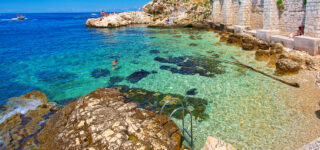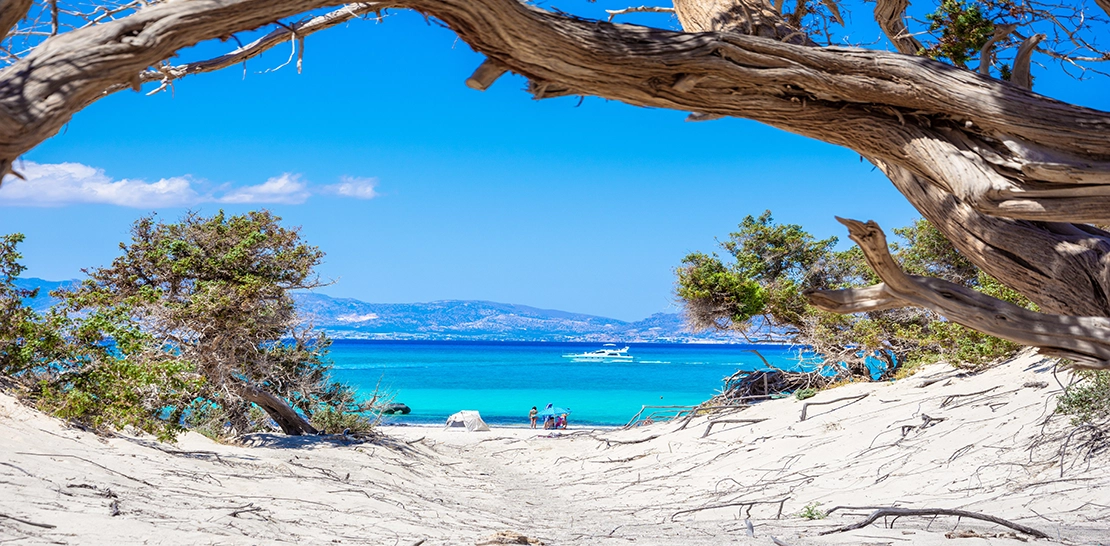
When is the Best Time to Visit Crete?
August 27, 2024
Crete truly has so much to offer no matter when you are visiting. From beautiful beaches to quiet villages, historical monuments to gorgeous tavernas and buzzing bars, there is plenty to enjoy and explore. To ensure that you get the most out of your Mediterranean escape, it is important to consider which season of the year is the best time for you to visit the island. With differing pros and possible cons to every visit, we dive in to the best times to visit Crete to help you choose the perfect time for your dream getaway!
Summer – Crete in June, July and August
The most popular time to visit Crete is during the summer, when tourists come in swathes to enjoy the heat and the long days of sunshine on the island. As seen in our Best Places to Visit in Crete blog, there is so much to see and do, some of which is best enjoyed in the summer. If you are hoping to bask in the sunshine, the months of June, July and August are the best times to visit Crete, as the island is fully alive and is perfect for lolling about in the sunshine. With an average of 12 hours of sunshine per day and average temperatures of between 27 to 29 degrees Celsius, sites like Preveli beach and Balos Lagoon are perfect additions to your itinerary. Temperatures can drop significantly from day to night which offers some respite from the heat, so we recommend sensible wardrobe planning so you can enjoy the entire day in the fresh air.
Summer also brings a whole host of events, perfect for those wanting a cultural experience which goes beyond the classic visits to historic sites. Chania Summer Festival and Chania Rock Festival are both packed with attractions for everyone, with live music, food, and performances of dance and theatre. In Rethymno, the Cretan Diet Festival commences every year in July and is designed to showcase Cretan gastronomy. Perfect for foodies, local produce is offered to guests alongside explanations of the various health benefits and superior quality of Crete’s fresh food. Winemakers are also invited, making this a truly holistic dining experience. Do note, however, that the island can get quite busy during peak tourist times, and that accommodation prices are usually at their highest.
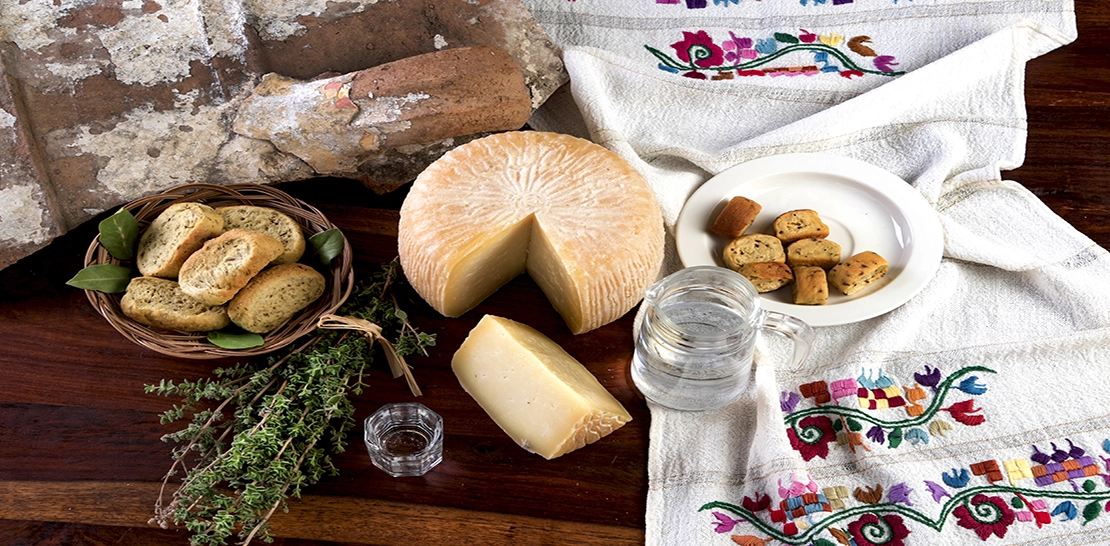
Traditional Cretan delicacies cheese, rusks and raki
Spring and Autumn – Crete in March, April, May, September, October and November
The “shoulder seasons” of Spring or Autumn might be the time to visit Crete if you are keen to avoid the worst of the summer crowds and peak of the summer heat. Perfect for those wanting an active break, including hiking are some of the top months to visit Crete. The fresh blooming vegetation and average temperature of 20 degrees Celsius make for the ideal conditions to pack a bag and visit sites like the Kourtaliotiko Gorge. Here, waterfalls meet pools of water and this is a must-see site for those visiting Crete. In Autumn, conditions are similar, with comparable average temperatures and a solid 7-9 hours of sunshine. In Elos village, a short distance from Kissamos, the Chestnut Festival happens annually in October, during which the chestnut harvest is honoured with a special celebration featuring music, dancing and drinking alongside traditional food. This festival, and the harvest time in general, is the perfect chance to soak in some of the best of Cretan culture. September, October and November are some of the best times to visit Crete to embrace local life.
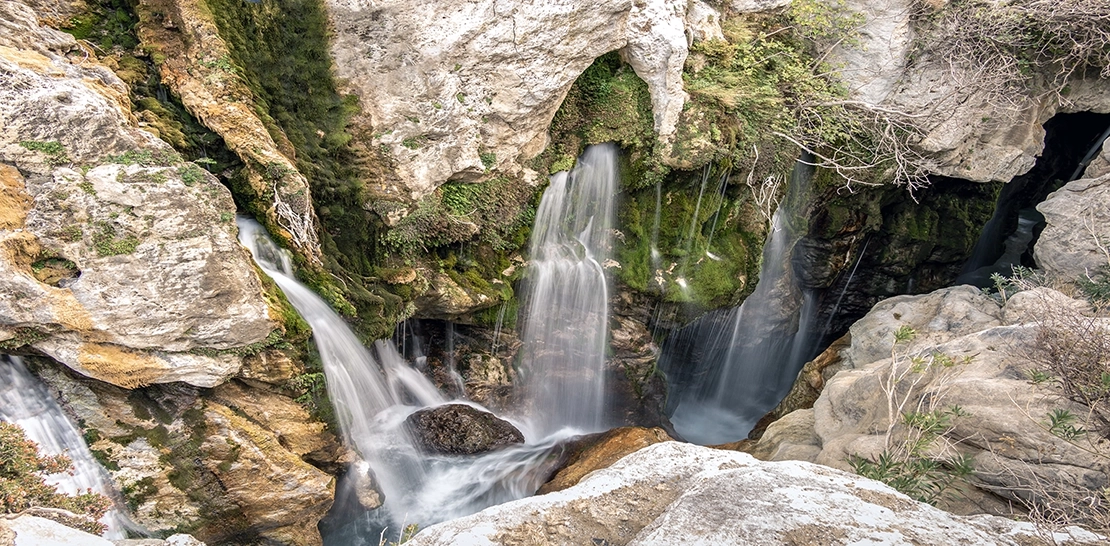
Kourtaliotiko Gorge
Winter – Crete in December, January and February
For those wanting a more affordable break, winter in Crete might be the perfect time to travel. During December, January and February, the temperatures are that much cooler and it is also the best time to experience life as though you were a local. Do bear in mind that there are sometimes more limited international flights to Crete during the winter period, but this also makes it the perfect time to stay for a slightly longer visit! Moving around the island itself is not an issue, with good road links, but be sure to double check dates and transport options before booking.
Weather wise, there can be big differences depending on where you are staying on the island such as on the coast or in the mountains, or in the western or eastern regions. Average daytime temperatures range from between 15 and 21 degrees with around 4-5 hours of sunshine. At night, temperatures can drop as low as 5 degrees in January. At times, Crete can feel a little drizzly and blustery in winter, so be sure to pack accordingly and take a raincoat so you can enjoy walks and the best of what Crete has to offer, regardless of what nature throws at you! Cooler, wetter weather need not stop you exploring Crete as, even during the winter months, many of the iconic historical and cultural sites remain open and Crete is known as a year-round holiday destination. If you don’t mind the cooler temperatures, this might be a good time to visit Crete and take in landmarks without facing the queues. Fabulous food and drink are always available, though the towns can become a little sleepier in the wintertime, so is perhaps not the time of year for those who are keen to experience a vibrant atmosphere. Winter features some of the key holy celebrations in Crete, with festivals of Epiphany and John the Baptist in January, and of course the series of Christmas and New Year celebrations happening the month before. Winter is the best time to visit Crete if you are keen for a quieter vacation, filled with atmospheric warmth gained from festivities and feasting.
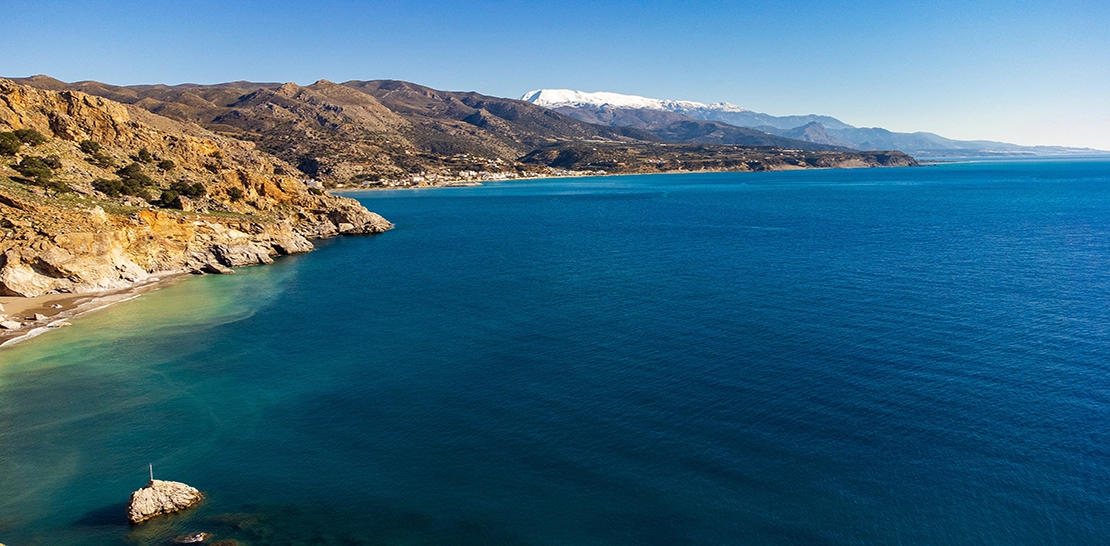
Scenic aerial shot of a beautiful landscape with mountains and the sea in Crete, Greece
We have a fabulous selection of villas in Greece that will be the perfect base for your sensational escape. Get in touch now to see how we can help you find your dream villa.
Disclaimer: We are not affiliated with any of the businesses mentioned in our blogs. This information is gathered from client and staff experiences and feedback and we are happy to share as a helpful guide. We do not vouch for or recommend any service or establishment.
